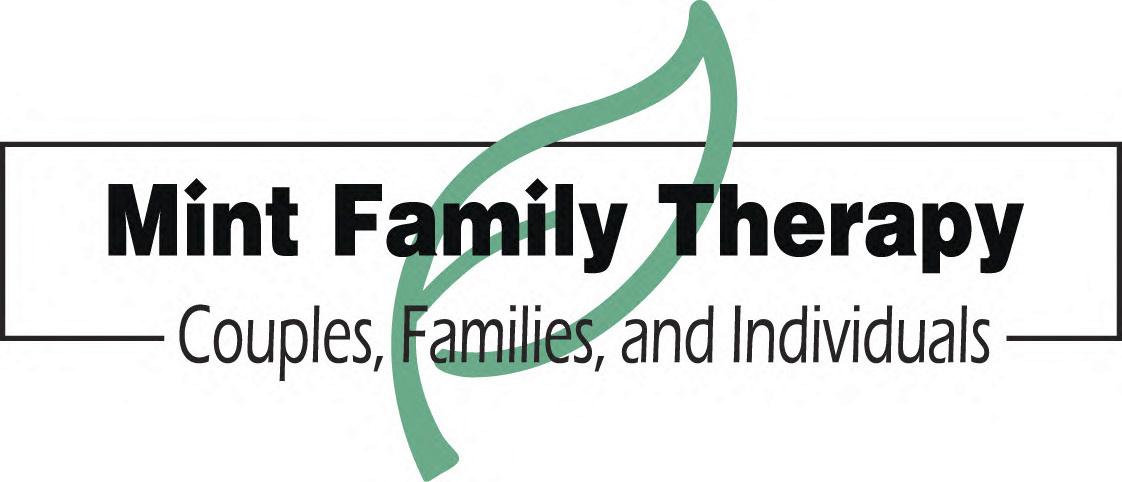The Why
Why I do this. Why ReCT exists. Why I believe something has to change.
I didn’t set out to create a therapy model.
I set out to understand why people feel so alone, even when they’re surrounded by others. Why people get stuck in patterns they don’t want but can’t seem to change. Why love isn’t enough to stop disconnection.
It all started with a book I began writing called Just Pick Me—a project born from years of listening to people’s stories, and from my own deep understanding of what it feels like to be rejected, misunderstood, or left behind.
That book turned into something bigger.
Over more than five years and with the guidance of many mentors, what began as a collection of insights evolved into a full therapeutic model.
One that not only makes sense of the pain we carry but also offers a path forward.
I’ve studied many of the most well-known therapy models. And while each one offers value and a piece of the puzzle, one thing has always frustrated me: the system we’re practicing in doesn’t actually fit the way humans live and relate.
I’ve seen firsthand how the medical model forces therapists to label people with diagnoses, often just to meet insurance requirements. We’re handed checkboxes. We’re asked to reduce complex emotional and relational struggles down to codes that fit a billing structure.
But humans aren’t codes.
They’re not even just individuals.
We are not broken machines.
We are systems; living, relational, emotional systems.
That’s the heart of ReCT.
And that’s the heart of my why.
